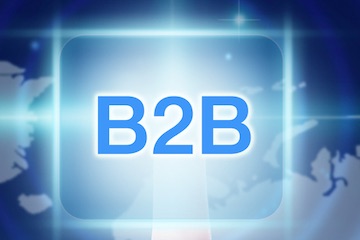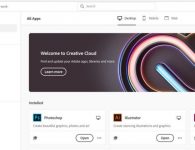

For B2B ecommerce, it’s easy to get wrapped up in the bells and whistles and miss the basics. Taking it a stage at a time all help get your B2B company where you want it to go.
B2B ecommerce is expanding rapidly with innovative new services and marketing strategies. Much of the innovation focuses on improving personalization by capturing comprehensive user data to tailor the on-site experience. However, offering such personalization is typically the last step in a sophisticated B2B ecommerce site. There are prerequisites to address first.
It can be helpful to identify where you are currently. A digital maturity model can help. Examples include:
In this post, I’ll address digital maturity as it relates to B2B ecommerce, to ensure sustainable growth.
Stage 1: Digital Sales
B2B companies at stage 1 are setting up digital commerce. They may have been in business for a long time with sales processes, but they don’t yet sell products online.
Companies at this stage may be:
- Comparing platforms.
- Reviewing internal software systems.
- Examining existing data, such as prices and product descriptions.
- Structuring their team to support digital sales — internally and through vendors.
- Defining and adjusting current processes for an efficient and consistent digital experience.
At this stage, B2B companies should answer:
- Is their digital commerce targeted at obtaining customers, supporting existing ones, or both?
- How to compensate salespeople for digital sales?
- Can customers review offline orders on the ecommerce site?
At the end of stage 1, a B2B company is selling at least 50 percent of its products online.
Stage 2: Personalization Lite
Companies in stage 2 are, again, selling one-half or more products online. Growth at this stage means improving the customer experience. Enhancements can include:
- Setting up subscription options to auto-ship products
- Defining customer personas and creating relevant content.
- Implementing time-saving tools, such as a product configurator for customized ordering, an exploded parts diagram to click on the correct item, and a step-by-step wizard that builds a request for proposal for your prospect to use when ordering.
- Building a resource center and answering customer questions through content
Questions to answer at this stage include:
- How can our expertise add value and differentiate us from competitors?
- How will we create content and implement other enhancements?
- How will our enhanced tools support (or compete with) our distributors and channel partners?
B2B companies at the end of stage 2 leverage content and commerce jointly for personalized experiences beyond merely placing an order.
Stage 3: Customer Journey
B2B companies at stage 3 have robust ecommerce activity and seek to automate and use data to improve results. Stage 3 companies are ready to understand their customers throughout the buying process, a so-called “holistic” view, via:
- Creating a customer data platform. Develop systems to capture customers’ interactions with your company both online and off. Use the data to create an experience that anticipates customers’ needs and adds value.
- Mapping the entire customer journey from the outside in, including every point that your customer engages with your brand.
- Evaluating how digital technology can support and enhance your entire business.
B2B companies at stage 3 address:
- How to understand customers’ interactions to increase retention and compete with larger companies, such as Amazon Business?
- How to prepare the required internal cultural change to track holistic customer journeys?
- Quick wins to implement and celebrate?
Moreover, stage 3 companies consider:
- An enterprise-level platform.
- Data-capture processes that are compliant with privacy laws.
- Easy-to-use analytics and reporting tools.
- Expanding the team.
- Vendors to help with implementations.
At the end of stage 3, B2B companies have tools and processes in place to support a holistic customer view and act on it. Stage 3 is not a stopping point. The process is ongoing — utilize data, improve experiences, and test, measure, and tweak.
A Step at a Time
For B2B ecommerce, it’s easy to get wrapped up in the bells and whistles and miss the basics. But there’s a lot of money to be made from moving past the basics. Stage 2 is when many businesses start to compete. Many implement a few stage 2 wins during the stage 1 launch. Examples include product recommendations and live chat. Both generate high returns, usually, for relatively little cost.
Create value in stages 1 and 2 to fund stage 3, which typically requires a substantial investment. Take it a step at a time, in other words, to get your B2B company where you want it to go.
read more at https://www.practicalecommerce.com by Lori McDonald
Business









